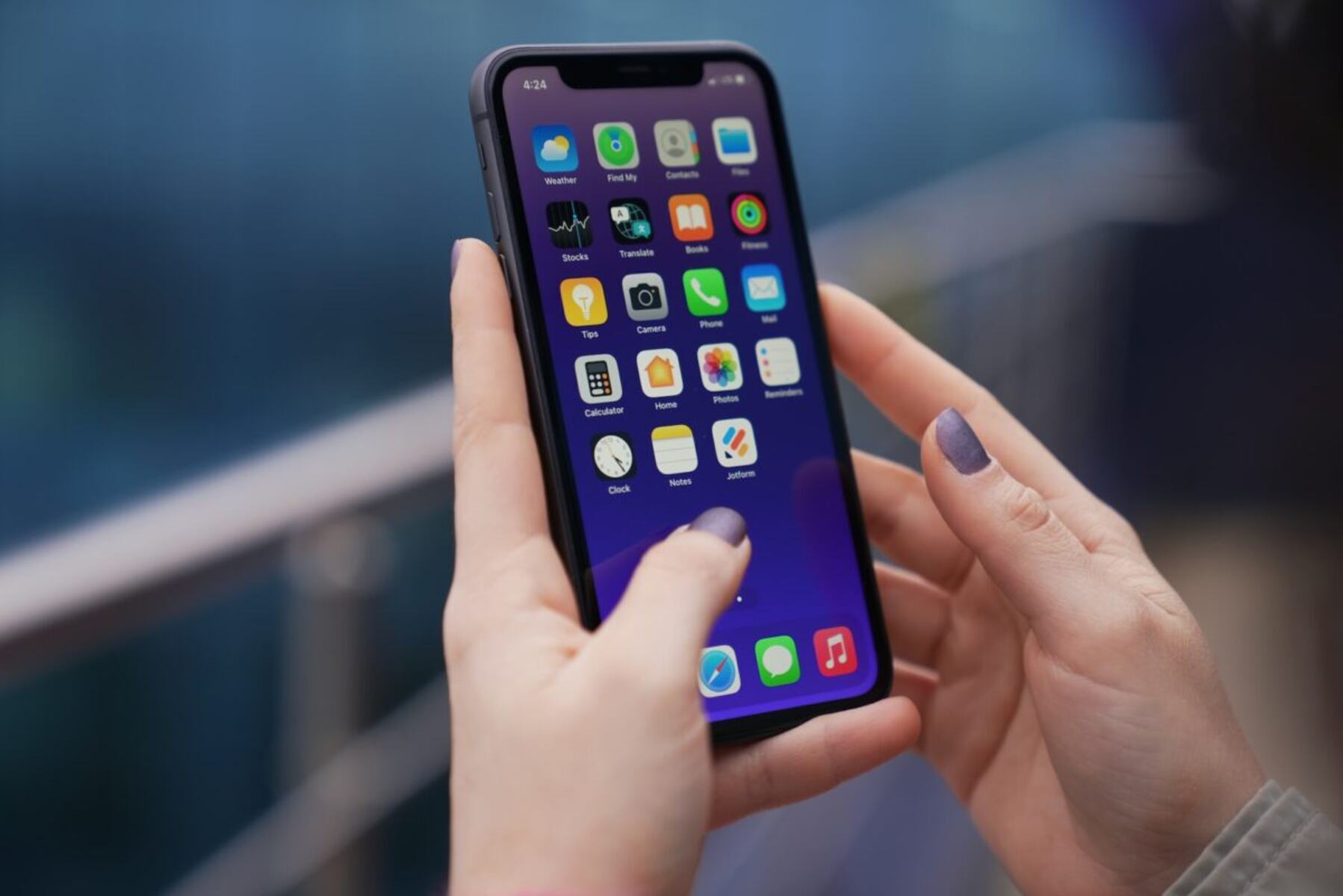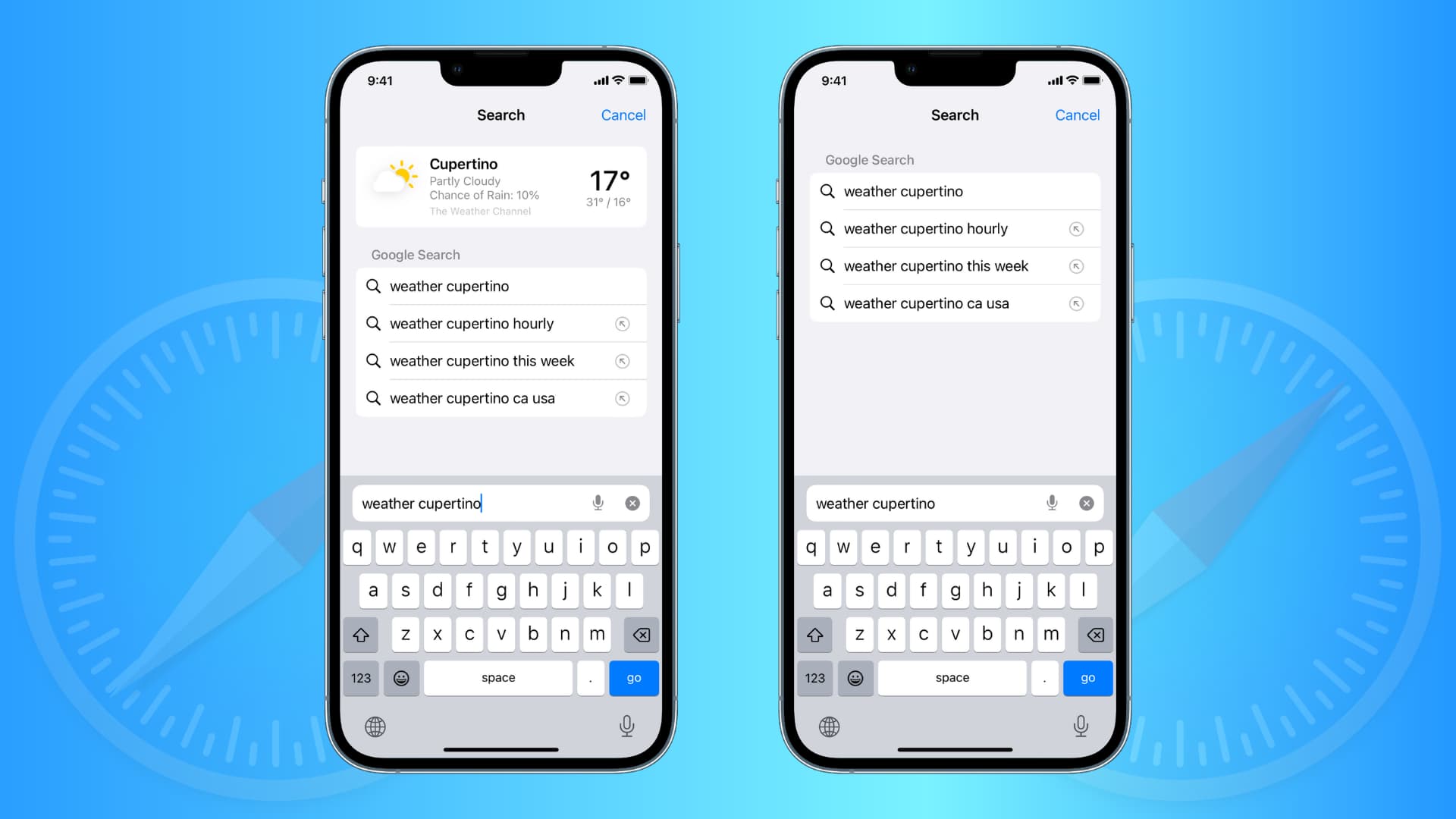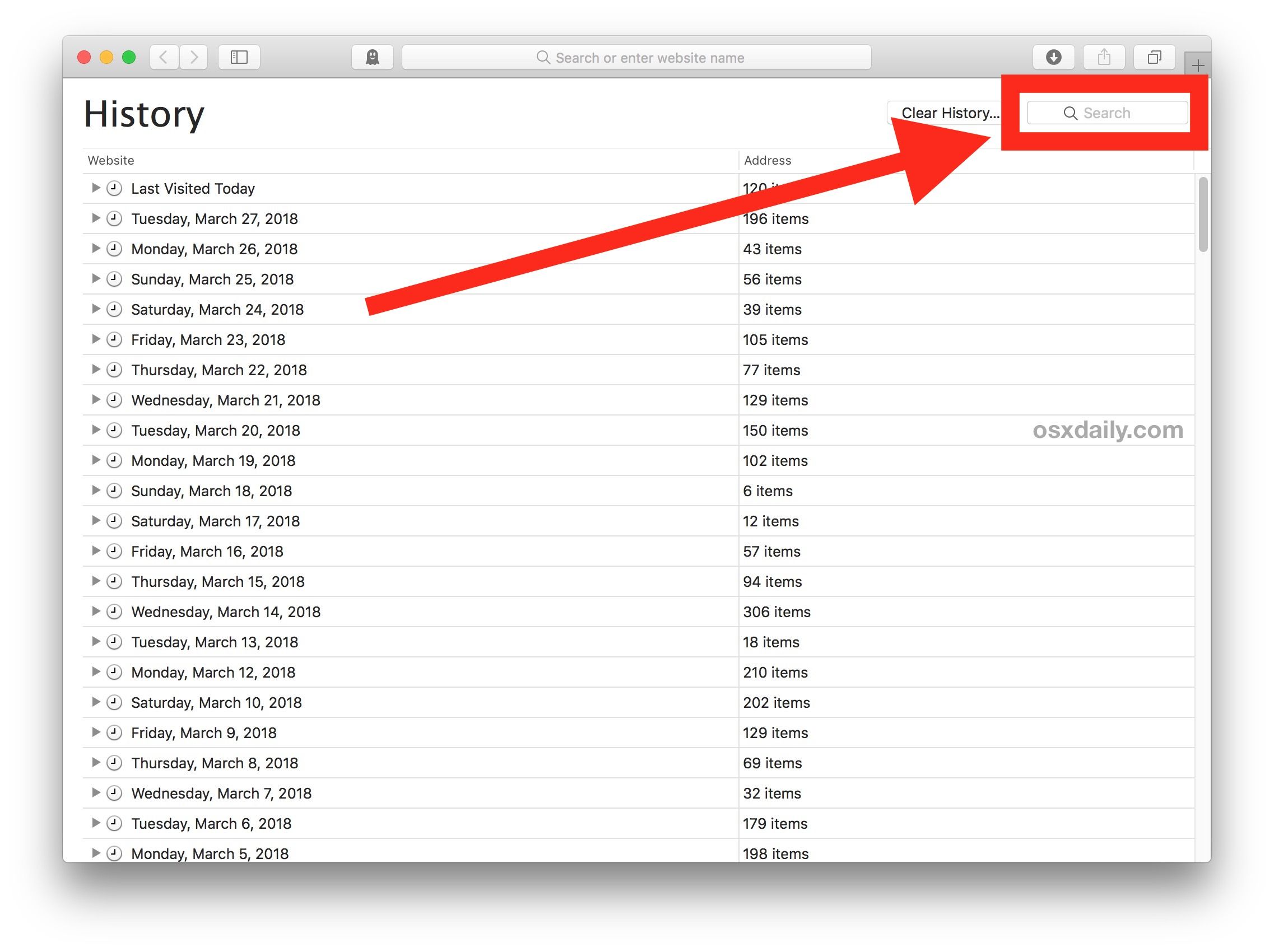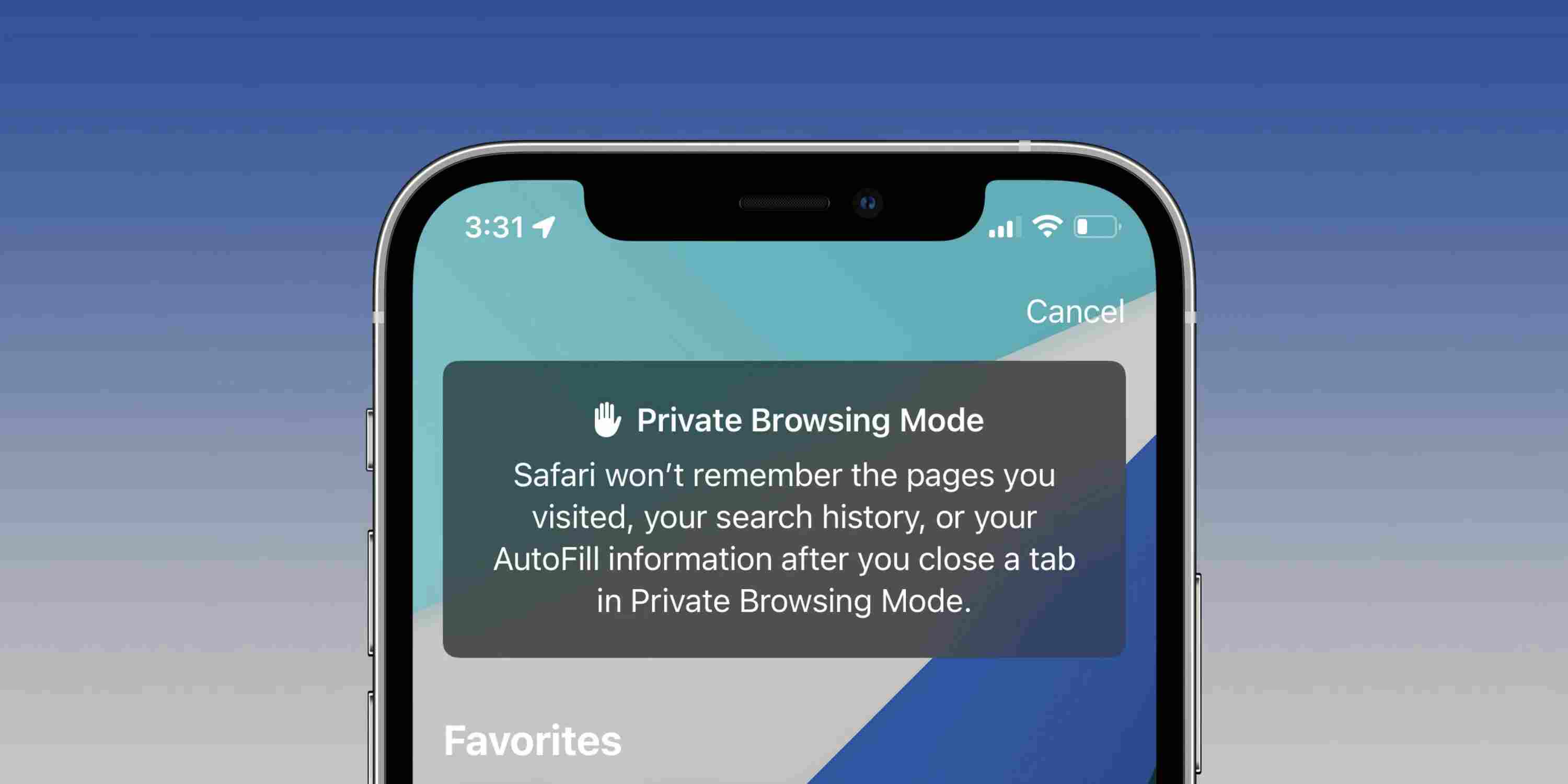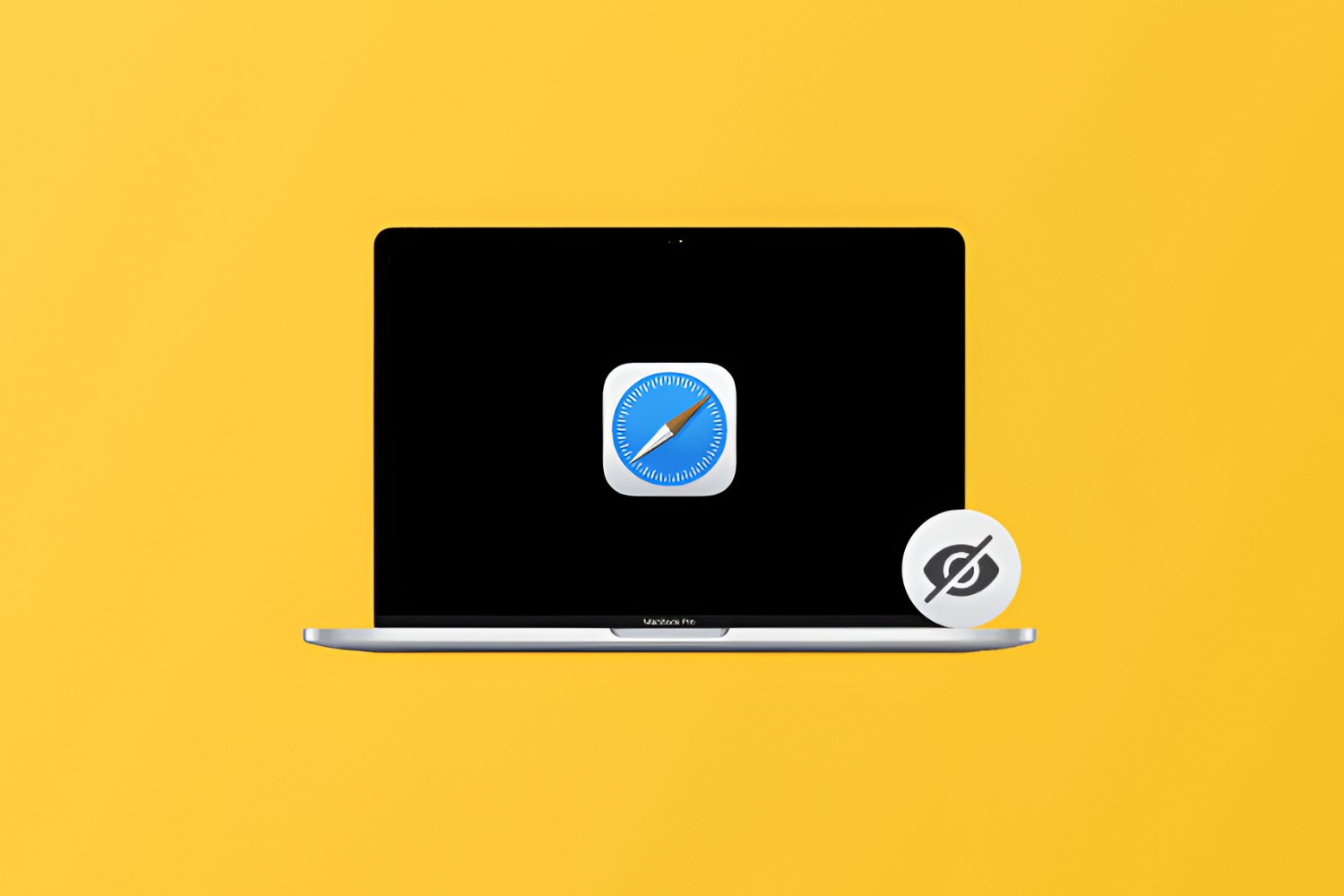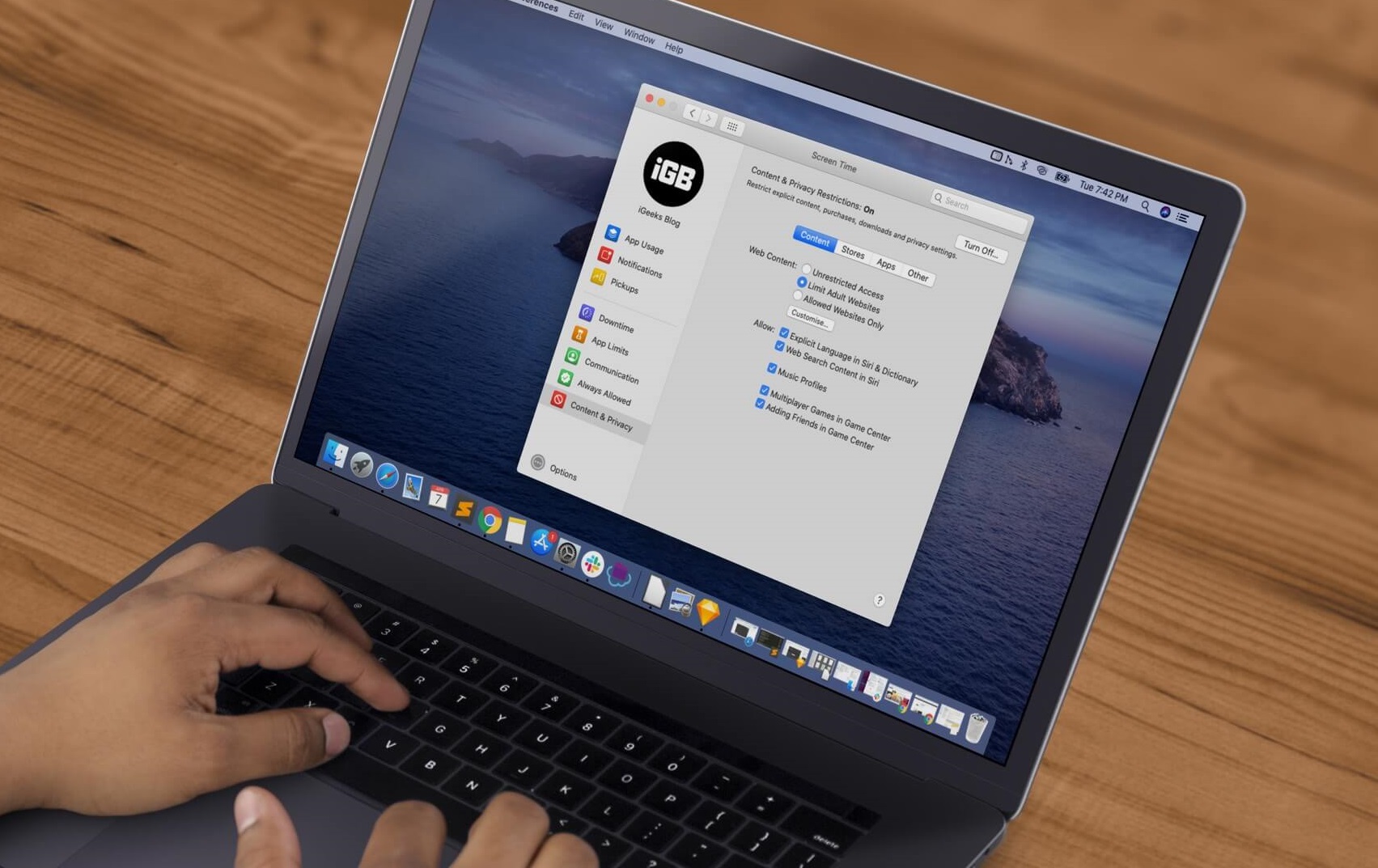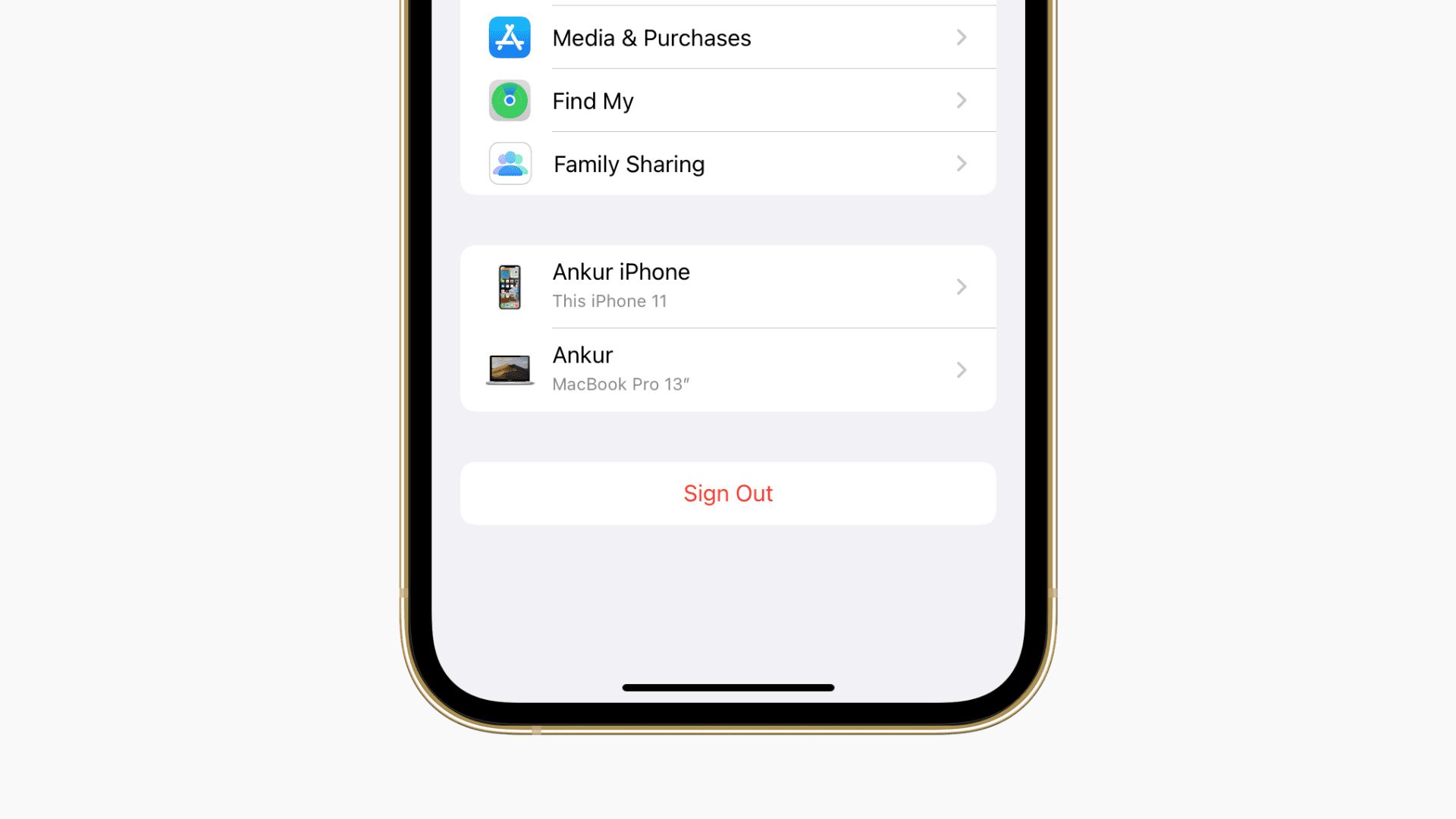Introduction
Private browsing has become a common practice for many individuals seeking to maintain their online privacy. Whether it's to plan a surprise gift for a loved one or to research sensitive topics, the need for privacy while browsing the web is undeniable. Safari, the default web browser for Apple devices, offers a private browsing mode known as "Private Browsing." This feature allows users to surf the internet without leaving a trace of their online activity on the device. However, finding the private browsing history in Safari can be a bit tricky, as it is designed to be discreet and secure.
In this article, we will delve into the intricacies of private browsing in Safari and explore the methods to uncover the elusive private browsing history on both Mac computers and iOS devices. Whether you're a curious individual wanting to know more about your own browsing habits or a concerned parent or employer seeking to monitor the online activities of others, understanding how to find private browsing history in Safari is essential.
So, let's embark on a journey to unravel the mysteries of private browsing in Safari and discover the techniques to unearth the hidden trails of online exploration. Whether you're a tech enthusiast, a privacy advocate, or simply someone looking to gain a deeper understanding of Safari's private browsing features, this article will equip you with the knowledge to navigate the realm of private browsing history in Safari.
Understanding Private Browsing in Safari
Private browsing, also known as "incognito mode" in other web browsers, is a feature designed to allow users to browse the internet without leaving a trail of their online activity on the device. In Safari, Apple's native web browser, this feature is referred to as "Private Browsing." When activated, Private Browsing prevents the browser from storing the browsing history, cookies, and other site data, as well as clearing any existing data once the private browsing session is ended.
One of the primary purposes of private browsing is to provide users with a level of privacy and discretion while navigating the web. It is particularly useful when individuals want to visit websites without the fear of their browsing history being recorded on the device. This can be beneficial for various reasons, such as researching sensitive topics, accessing personal accounts on shared devices, or simply wanting to maintain privacy while browsing.
It's important to note that while private browsing prevents the browser from storing the browsing history locally, it does not make the user completely anonymous online. Internet service providers, websites, and network administrators may still be able to track online activities. Therefore, private browsing should not be considered a foolproof method for complete anonymity on the internet.
In Safari, activating Private Browsing is a straightforward process. Users can enable it from the Safari menu on a Mac computer or from the settings within the Safari app on an iPhone or iPad. Once activated, a new private browsing window opens, and a distinctive indicator, such as a dark background, appears to signify that the browser is in private mode.
Understanding the nuances of private browsing in Safari is essential for users who wish to maintain their privacy while exploring the web. It provides a layer of protection against the storage of browsing history and cookies, offering a sense of security and discretion during online activities. However, it's crucial to remember that private browsing is not a foolproof method for complete anonymity, and additional measures may be necessary for enhanced privacy and security online.
Finding Private Browsing History on Mac
Locating the private browsing history on a Mac can be a perplexing task, given the discreet nature of private browsing in Safari. When a user engages in private browsing, Safari refrains from recording the visited websites, searches, or any other browsing activity in the history log. This intentional omission is a fundamental aspect of private browsing, designed to uphold the user's privacy and discretion.
Despite Safari's commitment to privacy, there are methods to uncover the private browsing history on a Mac. One approach involves accessing the system files where Safari stores browsing data. However, this method requires technical expertise and poses potential risks to the stability and security of the operating system if not executed with caution.
Alternatively, users can explore the browsing history from a different perspective by examining the data stored by the internet service provider or network administrator. This avenue, though, may not be readily accessible to all users and could raise privacy and ethical considerations.
Another viable option for Mac users is to leverage third-party software designed to retrieve deleted or hidden data. These tools are capable of scanning the device for traces of browsing history, including data from private browsing sessions. While this method may yield results, it's important to exercise caution and ensure the legitimacy and security of the software being used.
It's essential to approach the quest for private browsing history on a Mac with a clear understanding of the implications and potential limitations. Safari's private browsing feature is intentionally designed to safeguard user privacy, and any attempts to uncover private browsing history should be undertaken with respect for privacy and ethical considerations.
In summary, finding private browsing history on a Mac requires a nuanced approach, taking into account the technical complexities, privacy implications, and ethical considerations involved. While it is possible to explore various methods to uncover private browsing history, it's crucial to prioritize privacy, security, and ethical practices throughout the process.
Finding Private Browsing History on iPhone or iPad
Unearthing the private browsing history on an iPhone or iPad can be a challenging endeavor due to the secure and discreet nature of private browsing in Safari. When a user engages in private browsing on their iOS device, Safari refrains from recording the visited websites, searches, or any other browsing activity in the history log. This intentional omission is a fundamental aspect of private browsing, designed to uphold the user's privacy and discretion.
Despite the inherent privacy measures, individuals may seek to access the private browsing history on their iPhone or iPad for various reasons, such as parental monitoring, employee oversight, or personal accountability. While Safari does not provide a direct method to view private browsing history, there are alternative approaches that users can consider.
One potential avenue for uncovering private browsing history on an iPhone or iPad involves utilizing third-party software specifically designed to retrieve deleted or hidden data from iOS devices. These software tools are capable of scanning the device for traces of browsing history, including data from private browsing sessions. However, it is crucial to exercise caution and ensure the legitimacy and security of the software being used, as well as to consider the ethical implications of accessing private browsing data.
Another approach is to explore the browsing history from a different perspective by examining the data stored by the internet service provider or network administrator. This method, however, may not be readily accessible to all users and could raise privacy and ethical considerations.
It's important to approach the quest for private browsing history on an iPhone or iPad with a clear understanding of the implications and potential limitations. Safari's private browsing feature is intentionally designed to safeguard user privacy, and any attempts to uncover private browsing history should be undertaken with respect for privacy and ethical considerations.
In summary, finding private browsing history on an iPhone or iPad requires a nuanced approach, taking into account the technical complexities, privacy implications, and ethical considerations involved. While it is possible to explore various methods to uncover private browsing history, it's crucial to prioritize privacy, security, and ethical practices throughout the process.
Conclusion
In conclusion, the realm of private browsing in Safari unveils a delicate balance between user privacy and the quest to uncover browsing history. The discreet nature of private browsing, whether on a Mac computer or an iPhone/iPad, underscores the significance of privacy and discretion in the digital age. While the allure of uncovering private browsing history may pique curiosity or serve practical purposes, it is essential to approach this endeavor with a deep appreciation for privacy, security, and ethical considerations.
Safari's private browsing feature, known as "Private Browsing," is purposefully designed to shield users' online activities from being recorded in the browsing history, cookies, or other site data. This intentional omission serves as a safeguard, allowing individuals to explore the web without leaving a trace of their online activity on the device. However, the inherent privacy measures also pose challenges for those seeking to access private browsing history for legitimate reasons.
The quest to find private browsing history on a Mac or iOS device requires a nuanced approach, taking into account the technical complexities, privacy implications, and ethical considerations involved. While methods such as accessing system files, leveraging third-party software, or examining data from internet service providers may yield insights into private browsing history, it is crucial to exercise caution and ensure the legitimacy and security of the methods employed.
It is important to emphasize that privacy and ethical considerations should always take precedence when attempting to uncover private browsing history. Users should be mindful of the potential limitations and implications of their actions, respecting the privacy rights of individuals and adhering to ethical practices throughout the process.
Ultimately, the pursuit of private browsing history in Safari serves as a reminder of the intricate interplay between technology, privacy, and ethical conduct. As technology continues to evolve, it is imperative for users to navigate the digital landscape with a deep understanding of privacy, security, and ethical responsibility. By embracing these principles, individuals can engage with technology in a manner that respects privacy rights and upholds ethical standards, fostering a digital environment built on trust, integrity, and respect for individual privacy.







